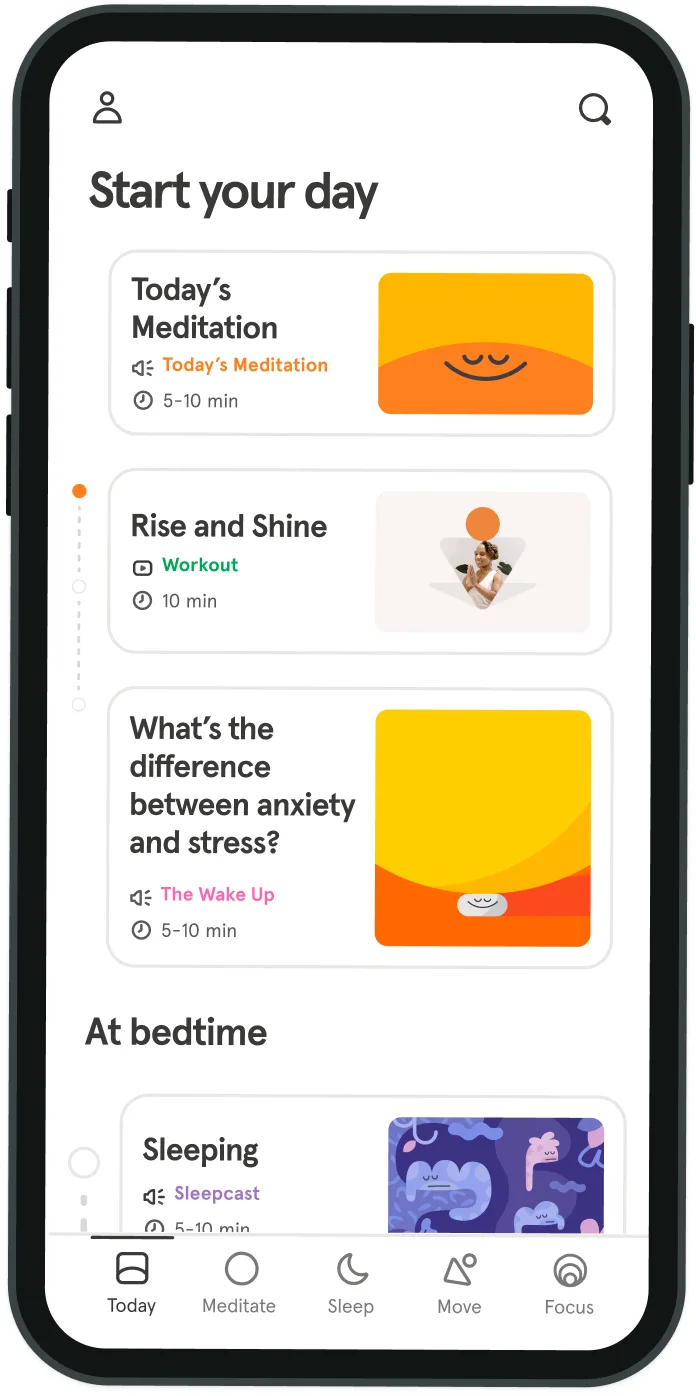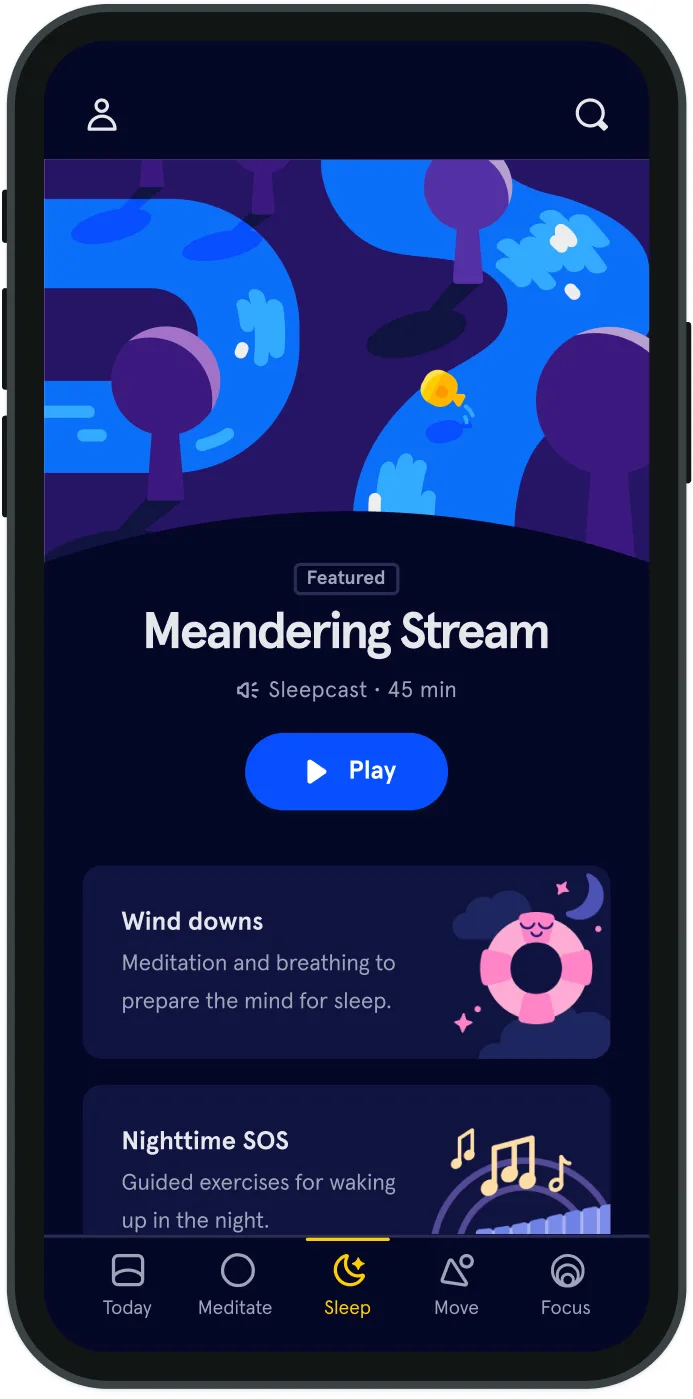(Mostly) everything you need to know about germs
“Your Keyboard: Dirtier Than a Toilet.” “Watch Out! Your Car Could Be Killing You!” “As Many as 3.2 Million Bacteria Per Square Inch May Be Lurking on Your Toilet Bowl, But There's at Least 200,000 More on Your Toothbrush!” Horrifying headlines about germs abound, leaving most of us unsure what presents a genuine threat and what is simply hype. When we talk about germs, we’re referring to microscopic organisms (microbes) that can cause disease. But it’s crucial to understand that out of the millions of species of microbes on the planet, just a tiny fraction—approximately 1,450 species, according to microbiologist and author Jason Tetro—can cause infection and illness in humans. “It’s not the number of microbes that you need to be concerned about,” says Tetro. “It’s what microbes are there.”
Microbes, for better and worse, come in a variety of forms:
-
Bacteria are one-celled organisms that can cause illnesses like food poisoning and tuberculosis. Bacteria have been around for 3.5 billion years and can survive in extreme temperatures, the earth’s crust, and even in radioactive waste. Microbiologists estimate there are millions of bacterial species. In fact, human bodies contain 10 times as many bacterial cells as human cells, such as the “gut flora” in our intestines that defend us from dangerous germs and help metabolize food.
-
Viruses are smaller than bacteria and can cause infections like colds and the chickenpox. Viruses reproduce by attaching to their host’s cells and reprogramming them to produce more of the virus. Most people’s bodies are home to a collection of harmless viruses, some of which, called bacteriophages, actually attack bacteria.
-
Fungi are plant-like organisms that thrive in damp, warm places and can lead to ringworm and athlete’s foot.
-
Protozoa are one-celled organisms that spread diseases through parasites or contaminated water, such as malaria.
Microbes are absolutely everywhere. A single teaspoon of soil can contain up to one billion bacteria. When researchers swabbed all 468 stations in the New York City subway system in 2015, they found 1,688 unique species, only about half of which they could identify.
And while the “Million Bacteria on a Toothbrush” stories can be misleading or alarmist, some microbes do cause infection. The United Nation’s World Health Organization (WHO) recommends protecting yourself by practicing basic hygiene:
- Regularly wash your hands
- Prepare food hygienically
- Avoid close contact with sick people
- Practice safe sex
- Keep vaccinations up to date
Tetro encourages using hand sanitizer after touching shared surfaces like subway poles, door handles, elevator buttons, office tables, or items that are passed around like menus and money. Shared public spaces can promote the spread of viruses that cause colds and the flu. He offered an example of a bacteria that can spread in a shared space as well: staphylococcus in gyms. Although it exists harmlessly on our bodies, it can cause infection if it gets under the skin. Staph infections present a constant challenge for hospitals, but can also spread through shared exercise equipment and mats, and have sidelined several UFC fighters and multiple players on the NFL's Tampa Bay Buccaneers. Tetro recommends wiping down equipment and bringing your own yoga mat. “The reason we talk about this is not because we want people to be afraid,” he says. “But we want people to understand that when you’re in what we call a ‘mass gathering environment,’ you’re going to have areas which are going to be contaminated and could potentially lead to an infection.”
In addition to being aware of mass gathering areas, Tetro suggests avoiding insect bites, disinfecting your phone, and keeping your hands away from your face. When a team of researchers watched 249 random people in public spaces in Florianopolis, Brazil, and the Washington, D.C. subway in 2013, the subjects touched public surfaces and then their mouths or noses between three and four times per hour. Taking steps to prevent infection, rather than only treating it reactively, can also help slow the spread of antibiotic resistance. Antibiotic drugs are one of humankind’s strongest weapons in our battle against disease, but risk long-term efficacy with overuse. When antibiotics kill off a bacterial infection, any mutated bacterial strains that are resistant to the drug are left behind to survive and reproduce. The more we use antibiotics, the faster the resistance can spread, making diseases like pneumonia, tuberculosis, blood poisoning, and gonorrhea harder to treat. The Centers for Disease Control and Prevention (CDC) estimates that one-third to one-half of human antibiotic use is not medically necessary, and in the U.S., health professionals write 47 million unnecessary antibiotic prescriptions every year. According to the WHO, “Without urgent action, we are heading for a post-antibiotic era, in which common infections and minor injuries can once again kill.” In February, WHO published a list of 12 antibiotic-resistant bacteria that pose a risk to human health, including infections prevalent in hospitals, as well as bacteria that can cause gonorrhea, meningitis, staph infection, and food poisoning.
We can slow the spread of antibiotic resistance by only using the drugs when medically necessary. Last year, the Federal Food and Drug Administration banned hand soaps with antibacterial ingredients (regular soap and alcohol-based hand sanitizer do not contribute to antibiotic resistance). Best of all, practicing basic hygiene can really limit the spread of disease. A 2016 study found that when hand sanitizer and disinfectant wipes were provided throughout an office space, employees filed 20 percent fewer hand hygiene-preventable health care claims. “When it comes to microbes—they’re everywhere,” says Tetro. “So if we don’t learn to respect them, and in some cases, even learn how to love them, we’re not going to enjoy the quality of life that we could.” So, keep your hands clean and your head high—and take those “more bacteria than a toilet seat” articles with a grain of salt.

When researchers swabbed all NYC subway stations, they found 1,688 unique species, only about half of which they could identify.
Katie Rose Quandt


Be kind to your mind
- Access the full library of 500+ meditations on everything from stress, to resilience, to compassion
- Put your mind to bed with sleep sounds, music, and wind-down exercises
- Make mindfulness a part of your daily routine with tension-releasing workouts, relaxing yoga, Focus music playlists, and more
Meditation and mindfulness for any mind, any mood, any goal

Stay in the loop
Be the first to get updates on our latest content, special offers, and new features.
By signing up, you’re agreeing to receive marketing emails from Headspace. You can unsubscribe at any time. For more details, check out our Privacy Policy.
- © 2025 Headspace Inc.
- Terms & conditions
- Privacy policy
- Consumer Health Data
- Your privacy choices
- CA Privacy Notice
